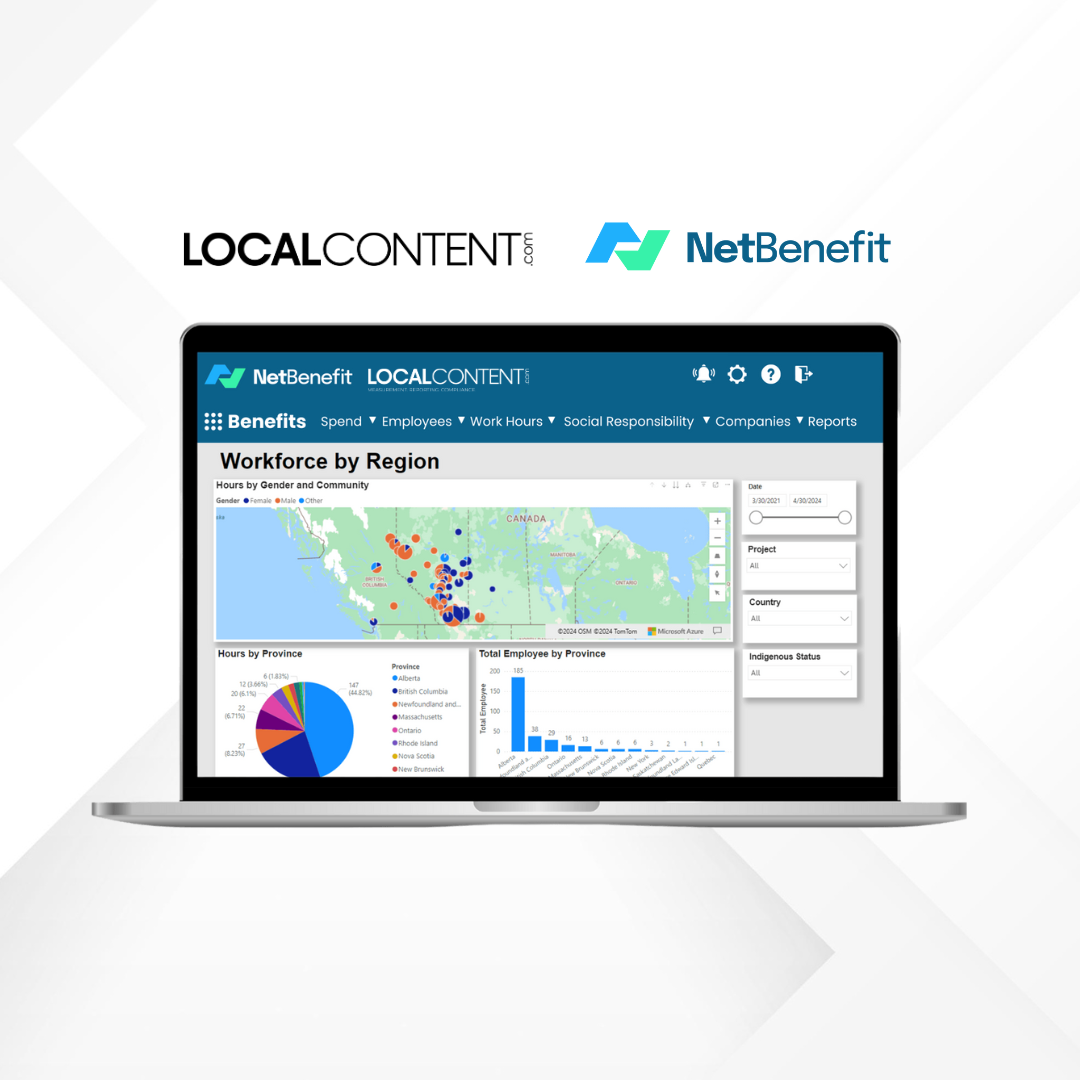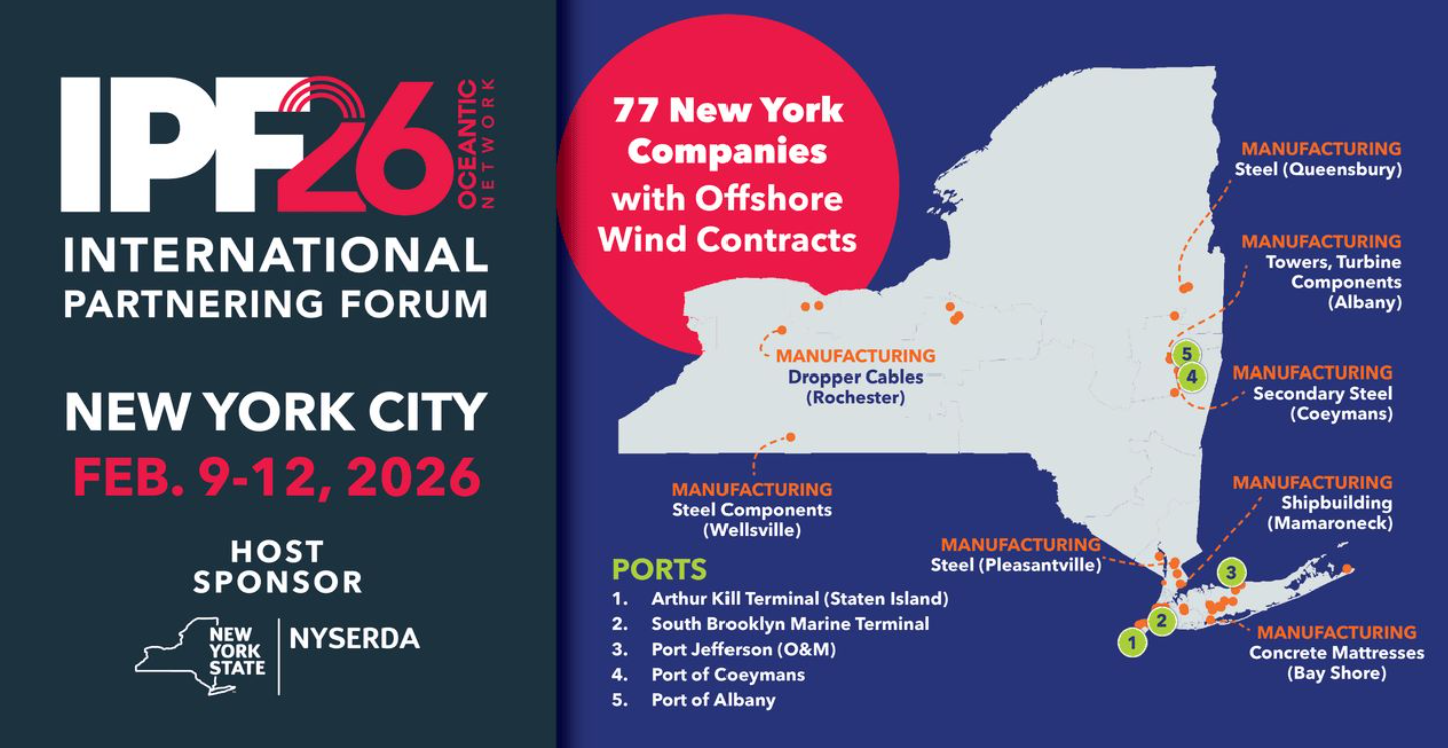A Request for Proposal (RFP) is a document used by organizations, such as governments, businesses, or nonprofits, to find vendors, suppliers, or service providers to complete a specific project or service. The RFP outlines the project’s requirements, goals, and expectations, allowing potential bidders to propose solutions and pricing. It helps organizations compare various proposals to select the best one that meets their needs.
The RFP process typically includes the following steps:
- Preparation: The organization identifies its needs and writes the RFP, detailing what it wants from potential bidders. This includes the project scope, deadlines, budget, and evaluation criteria.
- Distribution: The RFP is shared publicly or sent to a list of potential bidders. This ensures transparency and gives businesses equal opportunities to participate.
- Proposal Submission: Interested companies or individuals respond by submitting their proposals. These proposals explain how they will complete the project, their qualifications, and their pricing.
- Evaluation: The organization reviews all submitted proposals, comparing them based on criteria like cost, expertise, and how well they meet the outlined needs.
- Awarding the Contract: After careful evaluation, the organization selects the best proposal and awards the contract to the chosen bidder.
RFPs are commonly used in industries such as construction, IT, clean energy, manufacturing, and public infrastructure projects.
Why RFPs Are Important to Local and Domestic Content Compliance
- Ensuring Opportunities for Local Businesses
RFPs often include local and domestic content requirements, such as hiring small businesses or sourcing materials locally. These rules encourage fair access for local companies, boosting economic growth and creating jobs in the community. - Promoting Transparency and Accountability
The RFP process ensures that organizations clearly define local content goals, such as specific job creation targets or community benefit investments. By including these in the evaluation criteria, project owners ensure compliance while fostering bipartisan trust among stakeholders.










